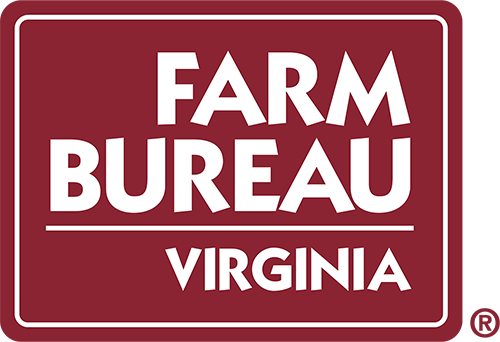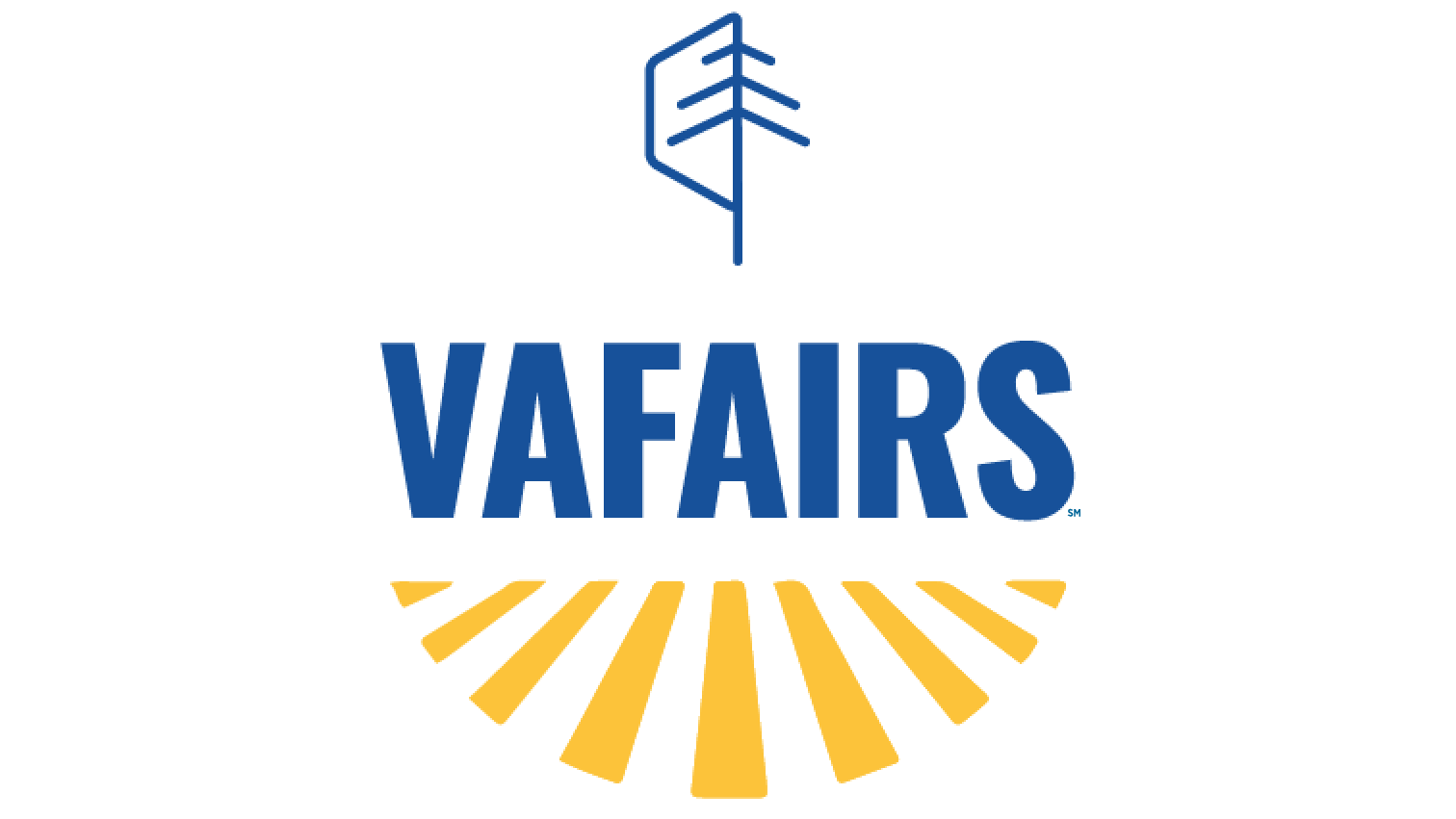Basis and Basis Patterns
Virginia has a truly diverse agricultural industry. Corn, soybeans, and soft red winter wheat are three of the staple cash crops in the state. Each of these commodities is priced based on the Chicago Board of Trades (CBOT) futures contracts. Therefore, the Virginia basis is calculated as the local cash price minus the CBOT futures closing price for the same commodity.
The basis is used by elevators, feed mills, and other local markets to quote their current cash bids to producers for their grain and used by producers to form price expectations and make comparisons of prices across locations (see more on that in the target price calculator).
For example, if a local elevator in November is quoting a producer a -.15Z basis for corn for the nearby December (Z) corn contract which is trading at $6.00 per bushel, then the cash price to the producer for delivery that day would be $5.85 per bushel. Thus, the basis reflects the strength of the local cash market relative to the national futures market. It is said to be weakening as the basis falls and strengthens when it increases (Qasmi 1994).
Do you need answers to questions like these?
- Where should I market my grain? Learn more about basis patterns across cash market locations.
- When should I market my grain? Learn more about basis patterns across time and seasonality.
- When do my local markets exhibit the most volatility?
- Is the cost of storing my grain worth the added profit?
Reference
Qasmi, B. 1994. Grain Basis Patterns for Selected Locations in South Dakota, 1992. [https://doi.org/10.22004/AG.ECON.232154].







